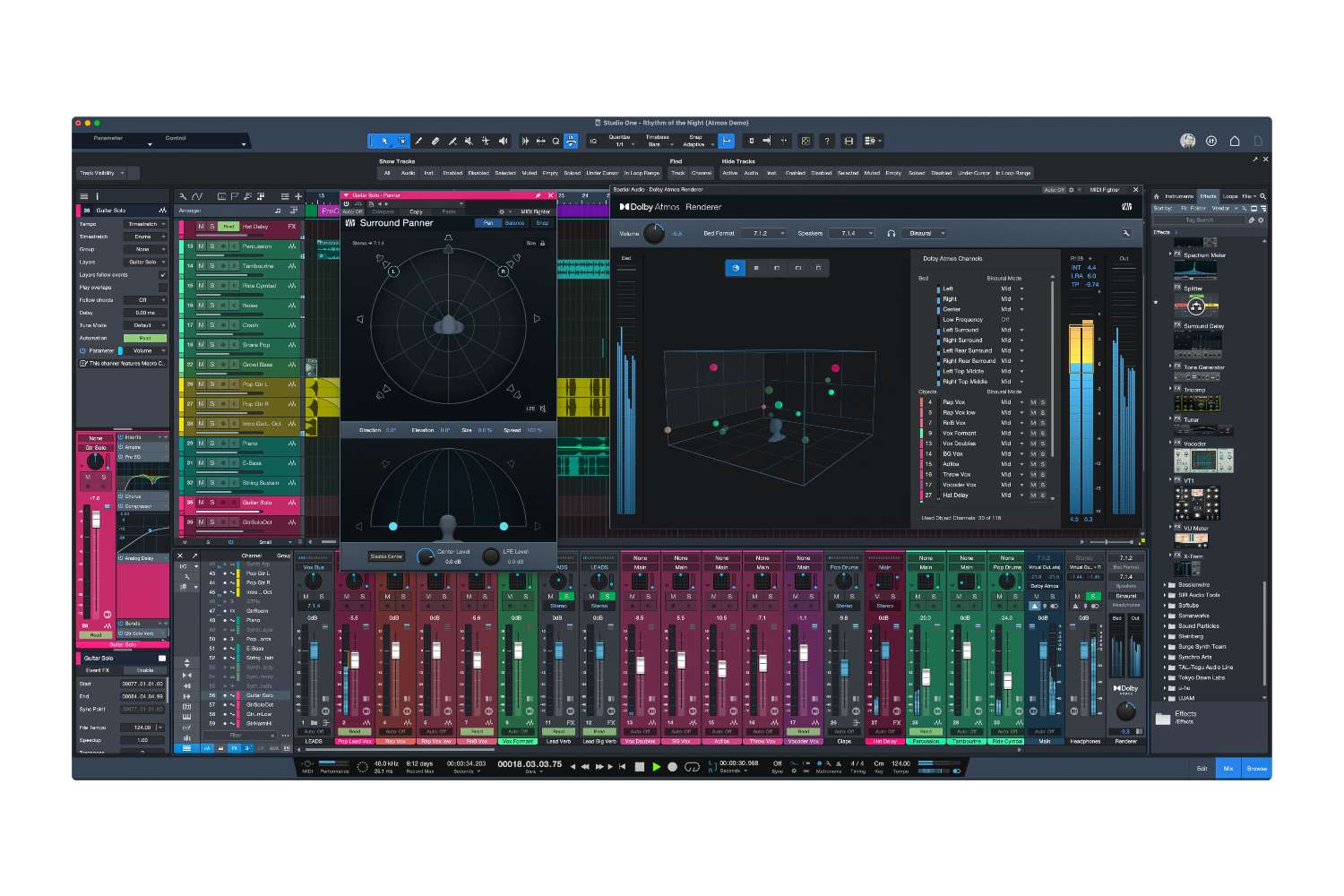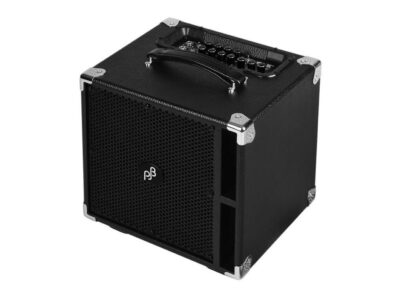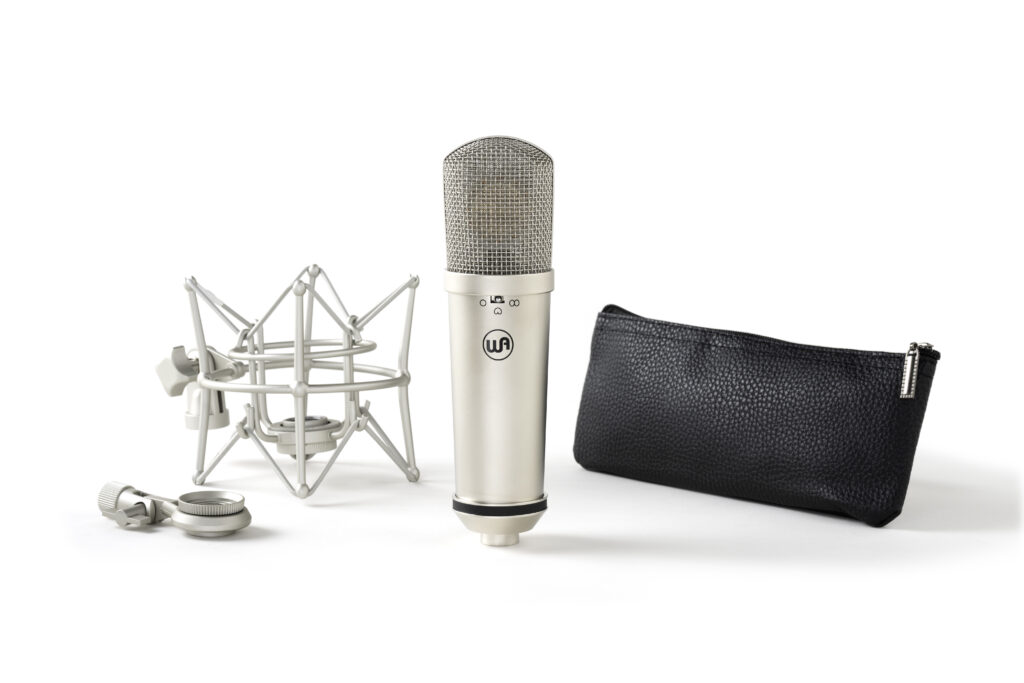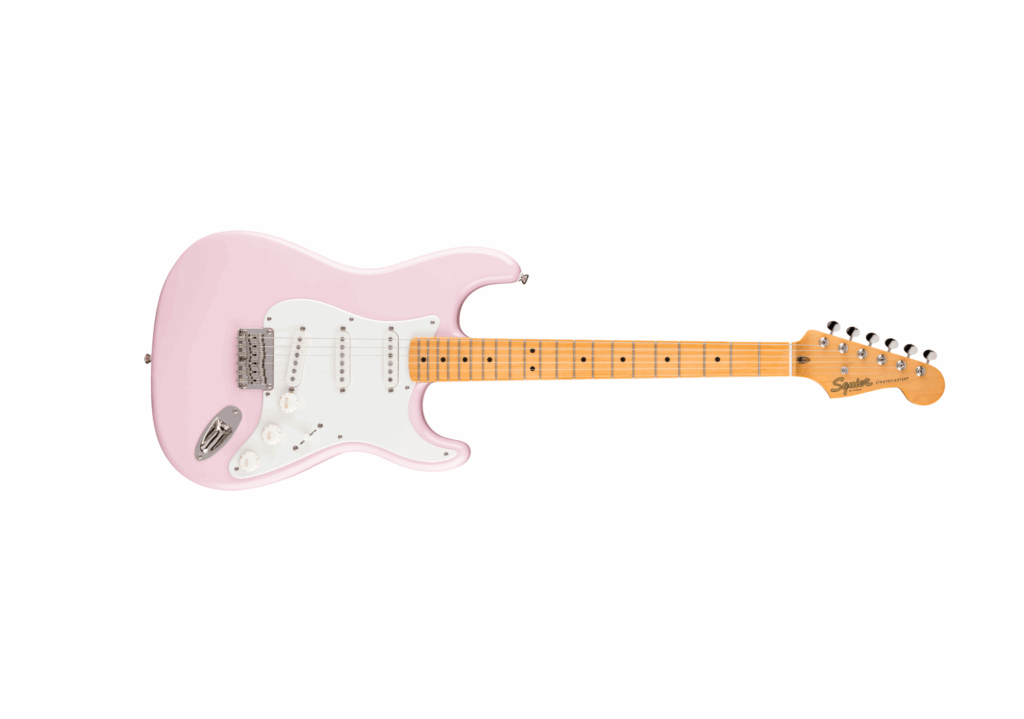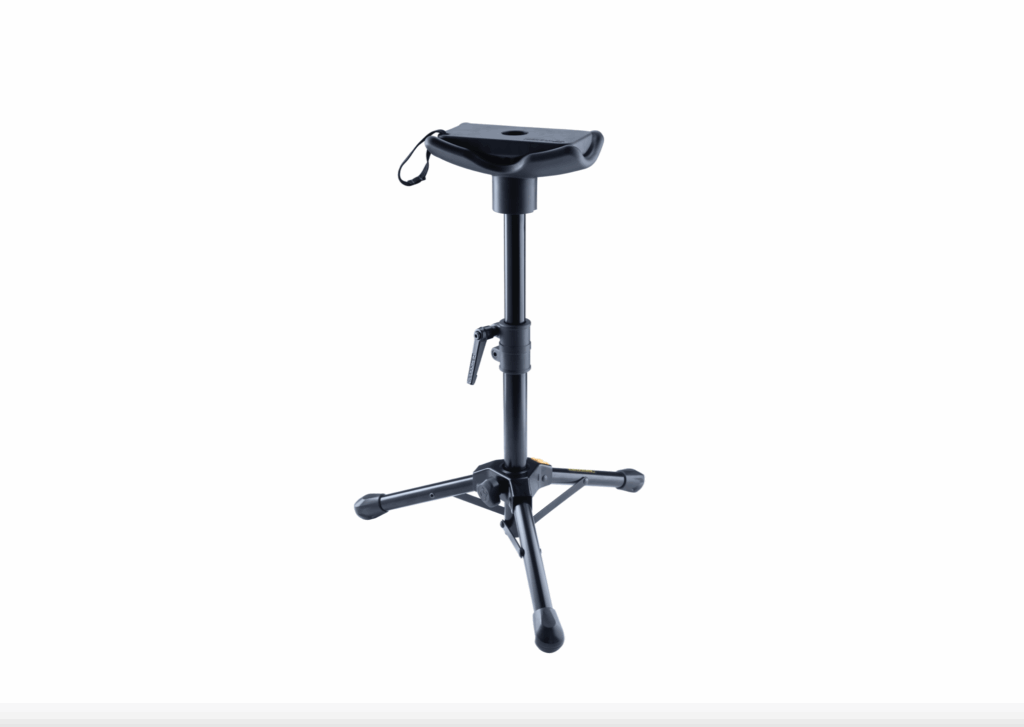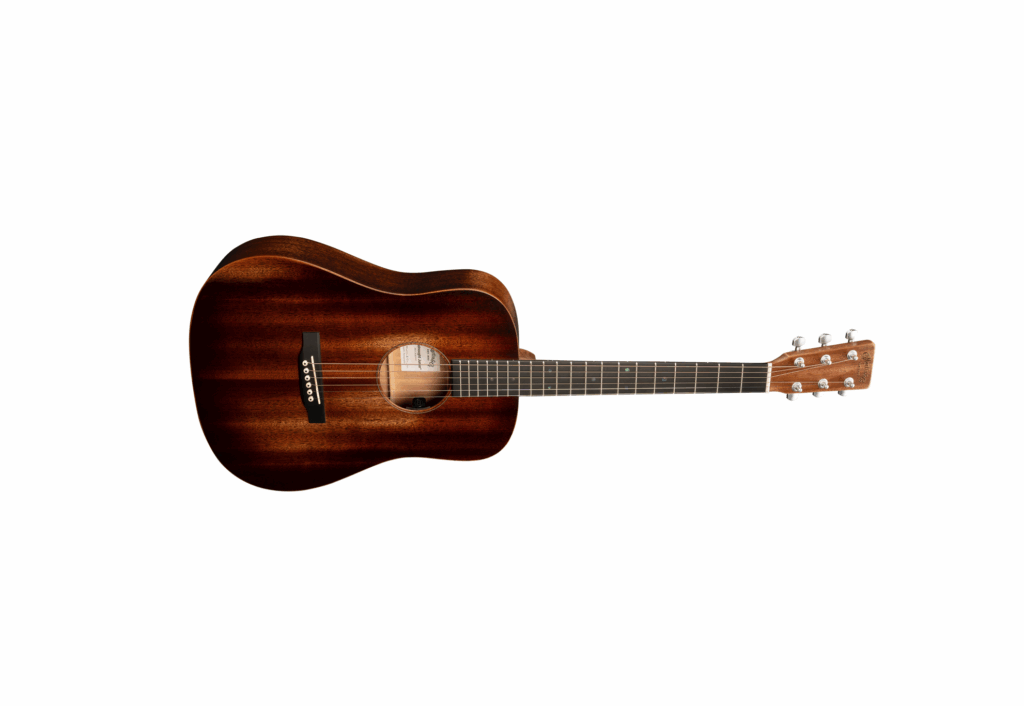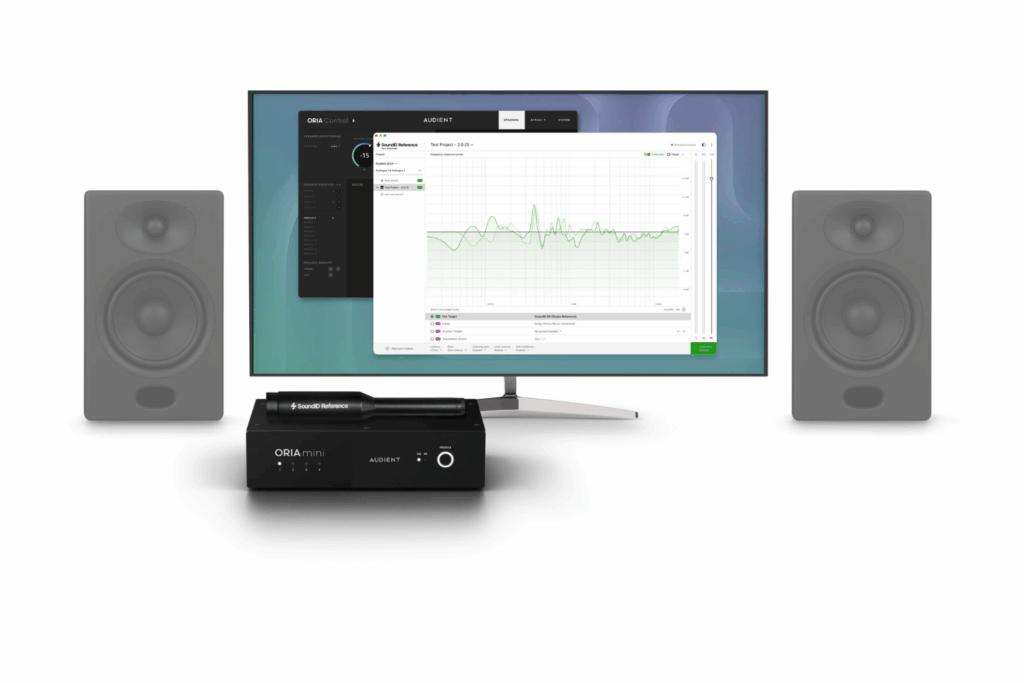Presonus StudioOne 6.5 | Link Audio | Enquire for Pricing
PreSonus Studio One is making headway to become the new industry standard for audio production. For decades, a few programs have had lay of the land as undisputed royalty amongst DAWs. Engineers the world over – your humble author included – have defaulted to the industry standard pro audio software, whether for recording, mixing, mastering, or post-production. In recent years, new kids on the block have emerged to challenge for the top spot – ranging from ProTools, Logic Pro, Ableton, Cubase and Nuendo – they’ve all staked their claim as viable alternatives or even comprehensive upgrades, depending on the use case.
As a rusted-on user of a competing DAW – more out of habit than any real love for the software – my limited perception of Studio One was that it was probably a capable DAW for recording and mixing, maybe with a couple of cool features but overall a little restricted in its workflow. Flying beneath my radar (which admittedly probably wasn’t even facing the right direction), Studio One has refined itself into a fully-featured modern DAW with incredibly flexible workflows, just as comfortable editing and mixing as it is platforming creativity for songwriters, composers and beat makers.
Read more gear reviews here.
The most immediately striking thing about Studio One is its clean, customisable user interface. Coming from Pro Tools, whose recent addition of Dark Mode dragged a perennially dull interface kicking and screaming out of the dark ages of software design where function was favoured and form was an inconvenient afterthought, this is a refreshing change. It might seem superficial, but when you’re spending countless hours staring at a DAW, you don’t want a chaotic mess of incomprehensible, distracting symbols and toolbars. Studio One has an attractive user interface (UI), but it shines because of its capacity for customisation – you can modify toolbars to be as complex or simple as you like and hide functionality that you don’t use, streamlining your workflow and minimising visual fatigue. Who’s really using everything on that screen-length transport bar?
One thing that’s kept audio professionals coming back to their respective DAWS are powerful editing functionality. Having explored StudioOne’s editing workflow, it’s apparent that it’s just as capable in nearly every way, with a slightly different approach. Where editing with Pro Tools is driven largely by keyboard shortcuts, or Ableton is quantising and stretching, Studio One places emphasis on the very practical Smart Tool. Using just the mouse and modifier keys, you can select and move audio, make cuts, and slip the contents of regions without moving their boundaries in order to fix timing. This makes for a streamlined, easy-to-learn workflow which also frees up your other hand to hold a cup of tea (bonus points from this reviewer).
Another strikingly simple process is that of quantising. Select a region, hit “Q”, and you’re done. That’s it – Studio One analyses the region for transients and snaps them to the grid automatically, with great speed and accuracy. The time stretching algorithm sounds pretty incredible, capable of a surprising level of modification before artefacts appear. A toolbar is available with additional quantise options if you’re looking for a little more depth, and you can always go back and manually adjust things using the Bend tool which allows you to drag transients back and forth along the timeline.
Studio One ships with a handful of virtual synths and samplers which seem to cover the basics of electronic music production and sound design. The library is easy to access and navigate – F5 shows the Instrument panel, and there’s a handy search function with filters for finding that perfect sound. There’s a similarly comprehensive set of loops and one-shots which can help to get you started in a number of different genres if you’re stuck for ideas. For the live performer, there’s a Show page, with live arrangement options, backing track playback, and a handy Performance View providing a high-contrast, low-clutter UI for the difficult lighting conditions on stage.
More educated musicians than I will doubtlessly enjoy the inclusion of a Score Editor to expand StudioOne’s MIDI capabilities. The version 6 update, which Mixdown reviewed back in April, also added an innovative lyrical engine which allows you to add lyrics to a track like markers; they’ll show up in the Score Editor if you need to make a lead sheet. The Lyrics Display window allows you to navigate around the track by clicking on lines – undoubtedly a handy tool when you’re working with a vocalist who wants another go at the second half of the third line of the first chorus.
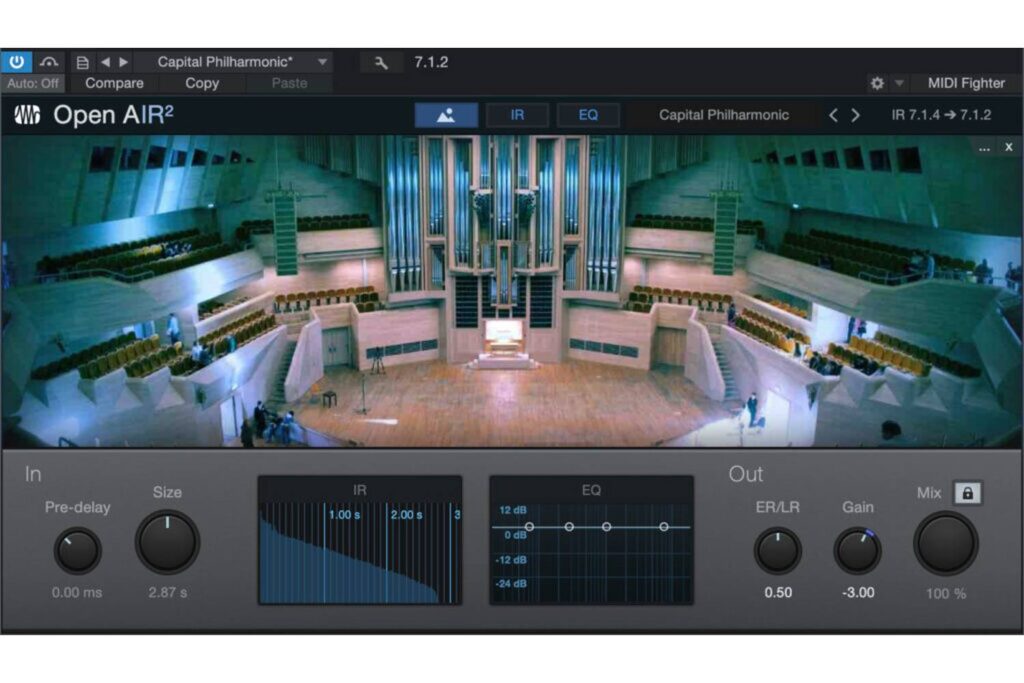
With the recent release of version 6.5 last month, Studio One gained full support for Dolby Atmos, allowing channel configurations of up to 9.1.6 with surround panning, binaural monitoring, and multichannel processing, all without the need for third party plugins. The integrated Dolby Atmos Renderer is an especially cool feature for visualising potentially complicated panning moves. This follows the addition of a video track in version 6 which allows you to add and edit as many video clips as you like, positioning Studio One to be a solid option for working with sound for film, television and other content creation.
While some DAWs have long reigned supreme as the choice for recording, mixing and sound for film, these same DAW’s have notorious deficiencies in composition and beat production workflows, opening the door for alternatives, each with their own strengths and weaknesses. Studio One 6.5 seems to have taken up a position somewhere in between, functioning both as an efficient platform for editing and mixing as well as a useful compositional tool for MIDI and loop-based production. To its credit, it seems to excel in both areas, with video and Dolby Atmos capabilities to boot, all while running efficiently and cleanly (I didn’t manage to crash it on my M1 Macbook Pro even one time). I’m thoroughly convinced by its versatility and comprehensive feature set that it will make converts of many.
For local enquiries, visit Link Audio.
